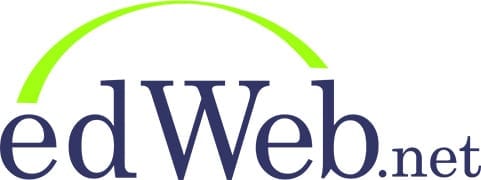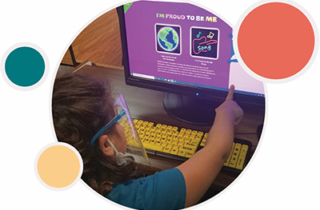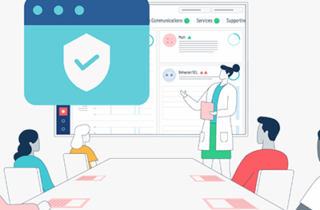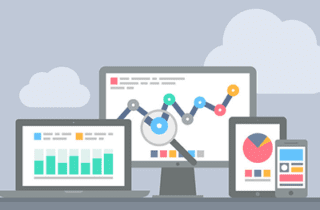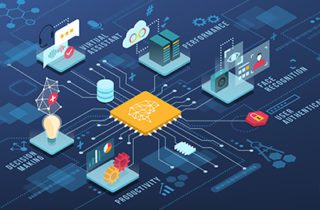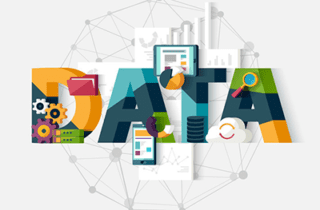A recent edLeader Panel, “Utah Spotlight: A ‘State’ of Alignment,” featured a panel of experts that included Rick Gaisford, Education Specialist, Education Technology and the SETDA Chair Elect, Utah State Board of Education; Melanie Durfee, Ph.D., Education Specialist, Digital Teaching & Learning, Utah State Board of Education; Nancy Mangum, Director of Learning Partnerships, Leading EDge Learning; Theresa Gibson, Director of Operations, Leading EDge Learning; and Darren Hudgins, Founder and CEO, Think Do Thrive.
Presented by Madeleine Mortimore, Global Education Innovation Lead, Logitech; Alice Keeler, EdTech Expert; and Bedston Burrell, Technical Operations Analyst – Audio Visual Services, Edina Public Schools (MN)
Presented by Janna Greathouse, District Assistive Technology Coordinator, Jenks Public Schools (OK); Samantha Reid, M.Ed., Educational Technology Coordinator, Jenks Public Schools (OK); and Christine Fox, CITES Project Director, CAST
Keep these tips top of mind during your edtech search: Just because tools are pretty doesn’t mean they correlate to academic achievement. Student engagement with a product does not equal learning. Research should inform any edtech selection.
Presented by Maya Gat, Former Educator, Current Co-Founder and CEO, Branching Minds; Vic Vuchic, Chief Strategy Officer, Digital Promise; Dr. Ann White, Associate Superintendent for Student Services, Charlotte-Mecklenburg School District (NC); and Dr. Eva Dundas, Chief Product Officer, Branching Minds
As highlighted in the EmpowerED Superintendent Toolkit, there are three essential focus points of smart IT decision making: total cost of ownership (TCO), student outcomes and budgeting management, and the value of the investment. In “Leadership Strategies for Scaling, Sustaining, and Budgeting for Education Technology Innovations,” three education leaders discuss critical strategic technology planning and investments implemented in their districts to scale and sustain long-term innovation effectively.
As school districts continue to amass large amounts of data about students, teachers, and educational resources each year, using the data in ways that lead to effective decisions and inform stakeholders has become increasingly important.
Presented by Jim Larimore, Chief Officer for Equity in Learning, Riiid Labs; Madison Jacobs, Co-Founder, The EdTech Equity Project; and Vic Vuchic, Chief Innovation Officer, Digital Promise Global, and Executive Director, Digital Promise Learner Variability Project (LVP)
Moderated by Barbara A. Pape, Director of Policy and Communications, Learner Variability Project, Digital Promise
While educators and school district administrators have grown used to reviewing assessment results and other forms of student data, they may not yet be looking at newer and increasingly important metrics such as online engagement, trending use of apps, and the return on investments in software.
Schools and districts can continue to benefit from the federal government’s stimulus dollars through the American Rescue Plan (ARP) of 2021, the third iteration of the Elementary and Secondary School Emergency Relief Fund (ESSER). These monies could drive the design of transformational initiatives with the potential for long-term impact.

